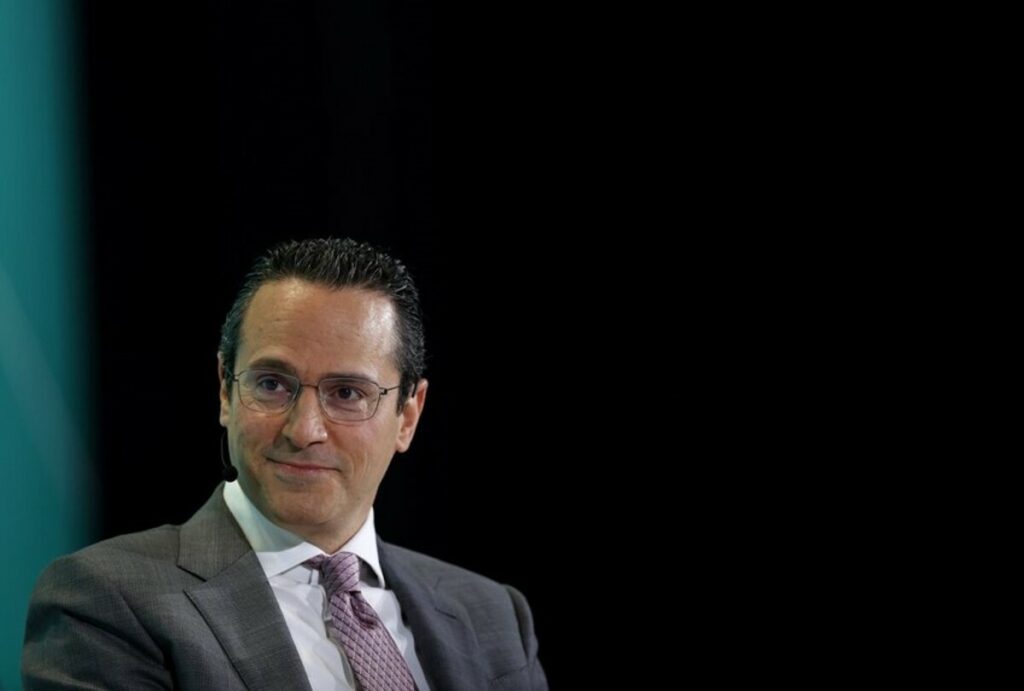By Joe Ryan and Stephen Stapczynski

Shell Plc Chief Executive Officer Wael Sawan said the number of new liquefied natural gas projects moving forward was surprising given their high costs, underscoring the fuel’s long-term role in the global energy transition.
“There is a significant amount of capacity being built at the moment, including here in the US,” Sawan said at an event hosted by the Economic Club of New York on Monday. “The number of final investment decisions being taken surprises me, if I am honest, because it’s at the higher end of the cost curve. Yet those capacities continue to come in.”
Shell, one of the world’s largest LNG suppliers, has long touted gas as a bridge fuel in the energy transition, and invested billions in expanding the business. Global capacity is also set to rise by about 50% by 2030 — the biggest build-out in the industry’s history — which will likely plunge the market into an oversupply.
Yet developers continue to approve additional projects. So far this year, a record 55 million tons of annual capacity from the US reached final investment decisions, according to Greg Molnar, a gas analyst at the International Energy Agency. That’s roughly half the current capacity for the US, the world’s largest exporter.
Read More: Gas Markets Brace for Glut With No Sign of China Demand Rebound
Sawan said he expects Shell’s growing LNG business to be the company’s biggest contribution to the energy sector over the next decade, particularly as developing nations swap coal for gas to cut emissions. The company’s LNG Canada plant started shipping fuel earlier this year and the facility’s second phase has ample support from the Canadian government, he said, without specifying a timeline.
“I don’t think I’ve ever seen the stars as well aligned as I’ve seen in Canada,” said Sawan, who recently visited the site on the west coast of the nation. “From the provincial leadership to the federal government — everyone is really keen on that project.”
— With assistance from Ruth Liao
Share This:




 CDN NEWS |
CDN NEWS |  US NEWS
US NEWS 































